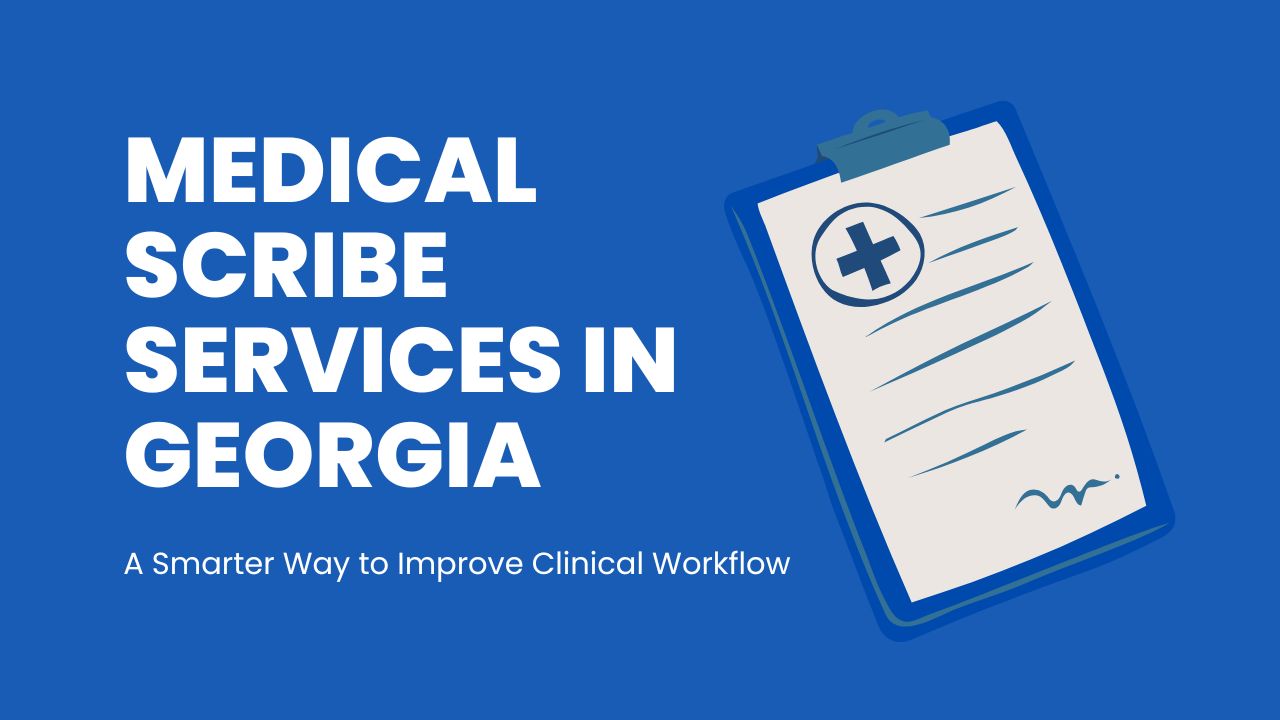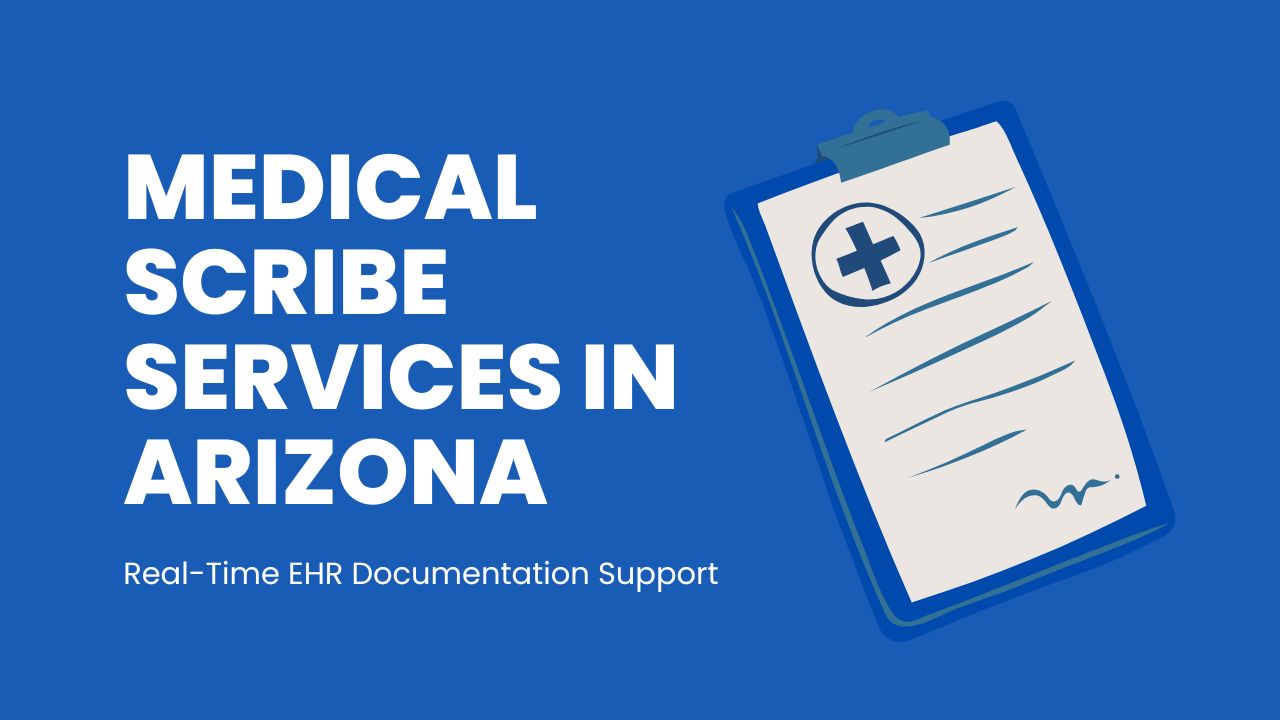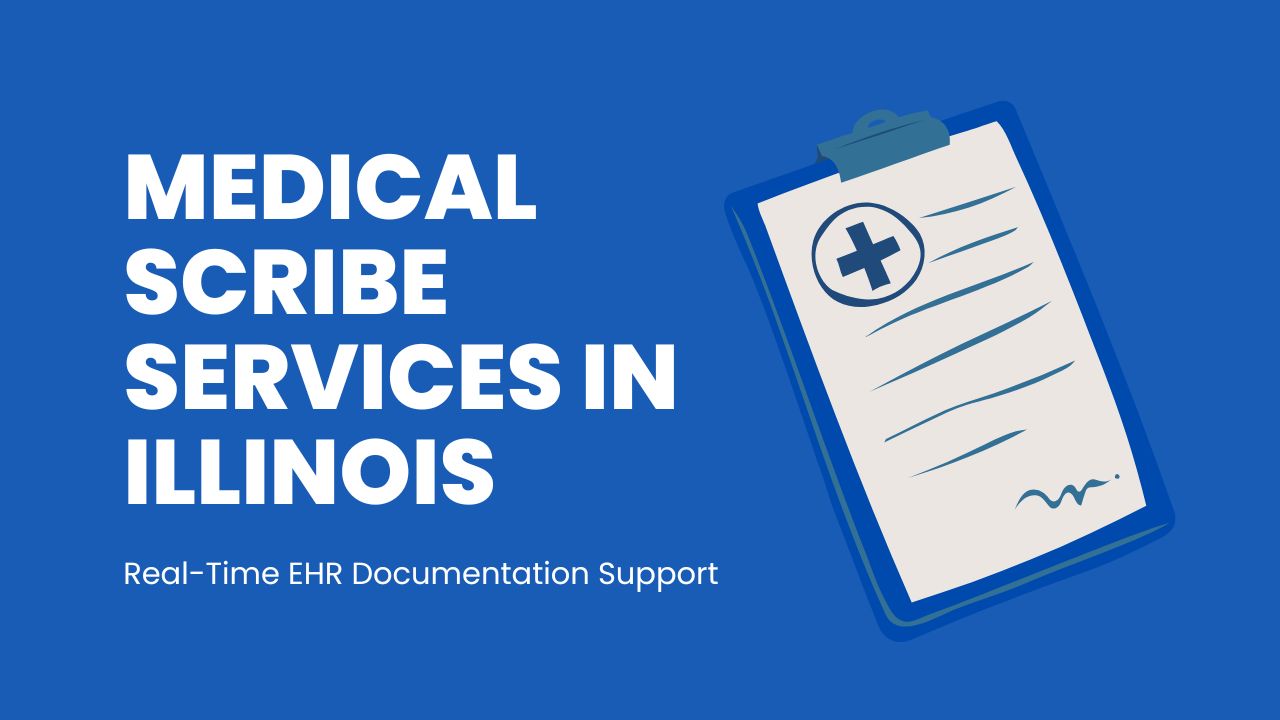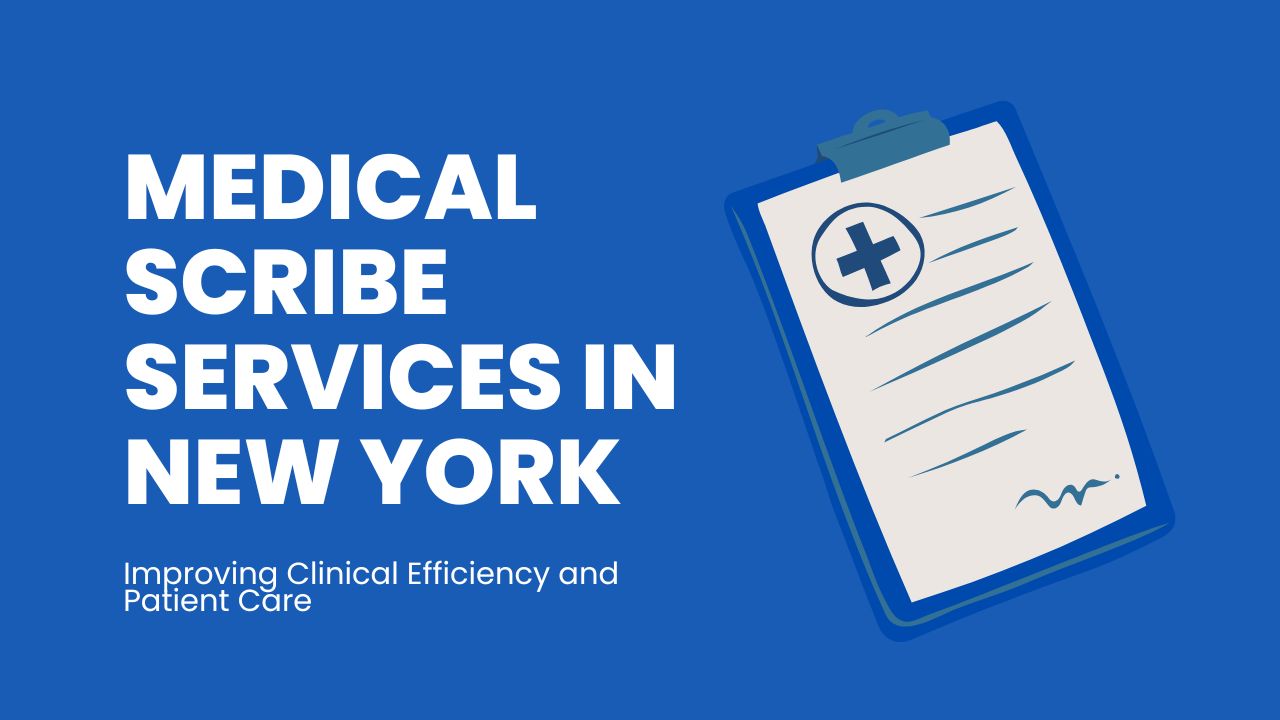RevMaxx Cardiology Medical Scribe
A cardiology medical scribe is an important partner of the cardiologist who skillfully prepares clinical documentation to ensure that every patient interaction is recorded in a precise and comprehensive manner.
They help run interference for the cardiologist’s administrative duties so that the cardiologist can focus on patient care while also being able to record every detail with accuracy.









